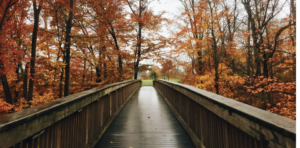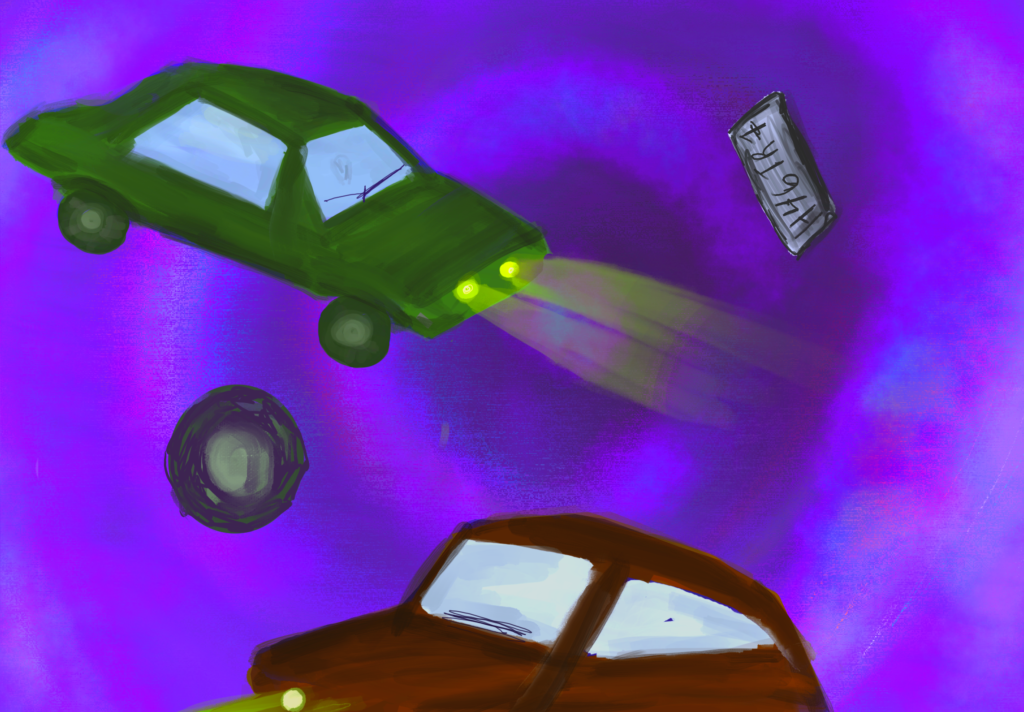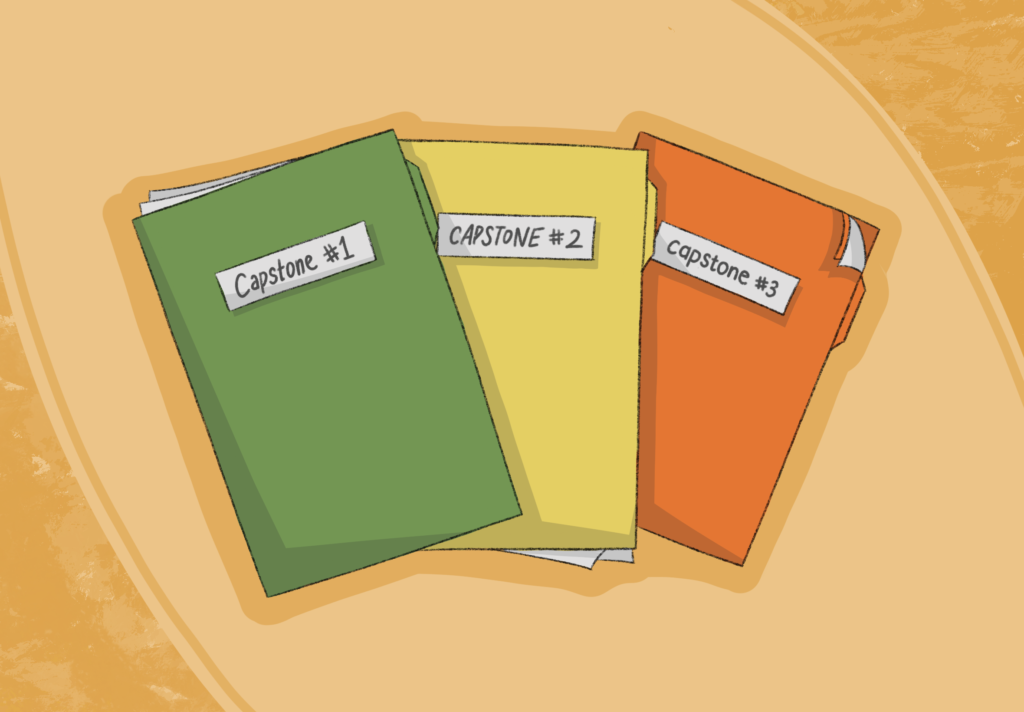
Choate has one of the largest and most diverse populations of trees in Connectiut, but climate change threatens its survival. Photo by Katherine Phillips/ The Choate News
When walking around Choate’s campus, whether you’re by the Humanities building and Memorial Circle or on upper campus by Ruutz Rees and Brownell, you’re surrounded by foliage: pines and spruces, oaks and beeches, hemlocks and firs, cedars and maples. There isn’t just one type of tree that resides on campus more than the others. Connecticut — Choate included — is home to an extremely diverse population of trees, bushes, and shrubs. In fact, Choate earned a number of tree certificates that are currently displayed in Facilities.
Mr. Joe Scanio, Program Director and teacher at the Kohler Environmental Center (KEC), splits the campus in two parts when thinking about its trees: “You can think of the trees that are part of the managed landscape, the trees near Hill House or Mem House — the very visible trees, many of which were planted. Then you can think about trees on other areas of campus: many of those also were planted at one time and others were just natural, secondary succession coming into abandoned fields.”
When planting trees, one has to be cautious to make sure that these trees won’t be a harm to the ecosystem. Mr. Scanio said, “Choate is now thinking a lot more about how we plant trees that are going to be native to support native organisms and also what trees are going to be planted in order to think about climate change.”
A changing climate and the introduction of non-native insects are severe detriments to the existence of native species. Elms, hemlocks, and now ash trees — prominent trees in Connecticut — are dying by the dozens. Mr. Scanio observed, “There used to be more Hemlock on main campus, but a lot of those died from the woolly adelgid. There used to be a lot of elm around campus, but elms died from Dutch Elm Disease. You’ve probably also seen a lot of the dead trees that have died recently, and a lot of those are ashes. Those are dying from the emerald ash borer.”
The most recent threat to local trees is the warmer temperature sweeping through New England. Mr. Scanio pointed out, “Even the maples — the sugar maples — are under threat now, people think, because of climate change, the change to a warmer zone. Maples tend to do better in a zone slightly cooler than here. There seems to be a disappearance of maples in these warmer areas, so maybe the environment her has become stressed.”
In the past, Choate has planted trees and bushes for aesthetic purposes, but now, Choate is thinking a lot more about what can help thriven the ecosystem while also providing beauty. The massive tree that used to stand tall outside Lanphier Center was a European copper beech that died last year. This tree was planted for an aesthetic purpose, with its natural range extending from southern Sweden through France and England to northwest Turkey.
Mr. Scanio said, “You want to plant things that have minimal requirements in terms of water or nutrients. Basically, when you’re planting or doing landscaping around buildings, you want to be thinking about minimizing your requirements for irrigation and worry about pests. And then you also want to think about how does the landscape support the broader ecosystem: how does it support the birds, the insects?” Native plant species prove to be a more reliable option; “Natives are well adapted to their native ecosystems, and then they’ll be better able to survive on their own without your help. If they’re native, they’re gonna have this already evolved relationship with other species,” Mr. Scanio continued.
A great plethora of insects, birds, and fungi rely on oaks, for instance, which are native to New England. Introducing a white poplar, a species not native to North America, would throw off the preexisting balance of flora and fauna. “If you can get important trees that will be valuable to the animals, then in this fragmented landscape that is New England, you would be able to support these animals that might not be able to survive if you plant species that they can’t use,” Mr. Scanio said.




